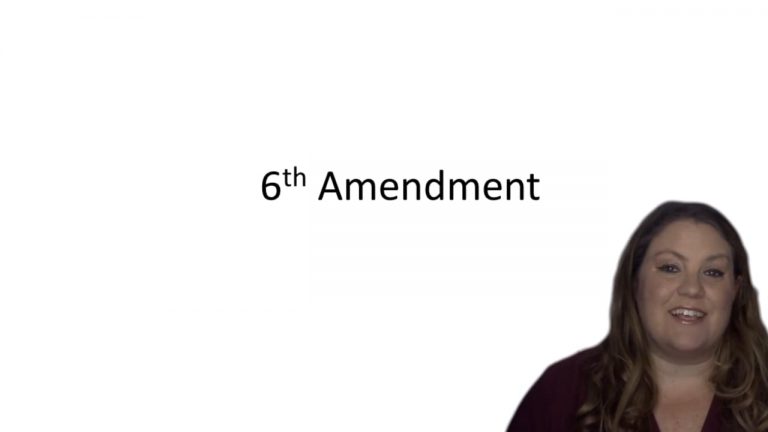SmartBrief
Confirm favorite deletion?
Criminal Procedure Keyed to Ohlin
Ake v. Oklahoma
Citation:
470 U.S. 68 (1985)Facts
Late in 1979, Glen Burton Ake was arrested and charged with murdering a couple and wounding their two children. He was arraigned in the District Court for Canadian County. His behavior at arraignment was so bizarre that the trial judge ordered him to be examined by a psychiatrist for the purpose of advising with the Court as to his impressions of whether the defendant may need an extended period of mental observation. Ake was tried for two counts of murder and shooting with intent to kill. At the guilt phase of trial, his sole defense was insanity. There was no expert testimony for either side on Ake’s sanity at the time of the offense. The jurors were instructed that Ake could not be found guilty by reason of insanity if he did not have the ability to distinguish right from wrong at the time of the alleged offense. The jury rejected Ake’s insanity defense and returned a verdict of guilty on all counts.
Only StudyBuddy Pro offers the complete Case Brief Anatomy*
Access the most important case brief elements for optimal case understanding.
*Case Brief Anatomy includes: Brief Prologue, Complete Case Brief, Brief Epilogue
- The Brief Prologue provides necessary case brief introductory information and includes:
Topic:
Identifies the topic of law and where this case fits within your course outline.Parties:
Identifies the cast of characters involved in the case.Procedural Posture & History:
Shares the case history with how lower courts have ruled on the matter.Case Key Terms, Acts, Doctrines, etc.:
A case specific Legal Term Dictionary.Case Doctrines, Acts, Statutes, Amendments and Treatises:
Identifies and Defines Legal Authority used in this case.
- The Case Brief is the complete case summarized and authored in the traditional Law School I.R.A.C. format. The Pro case brief includes:
Brief Facts:
A Synopsis of the Facts of the case.Rule of Law:
Identifies the Legal Principle the Court used in deciding the case.Facts:
What are the factual circumstances that gave rise to the civil or criminal case? What is the relationship of the Parties that are involved in the case.Issue(s):
Lists the Questions of Law that are raised by the Facts of the case.Holding:
Shares the Court's answer to the legal questions raised in the issue.Concurring / Dissenting Opinions:
Includes valuable concurring or dissenting opinions and their key points.Reasoning and Analysis:
Identifies the chain of argument(s) which led the judges to rule as they did.
- The Brief Prologue closes the case brief with important forward-looking discussion and includes:
Policy:
Identifies the Policy if any that has been established by the case.Court Direction:
Shares where the Court went from here for this case.
Topic Resources
Topic Outline
Topic Refresher Course
Topic Charts & Notes

 4m 2s
4m 2s